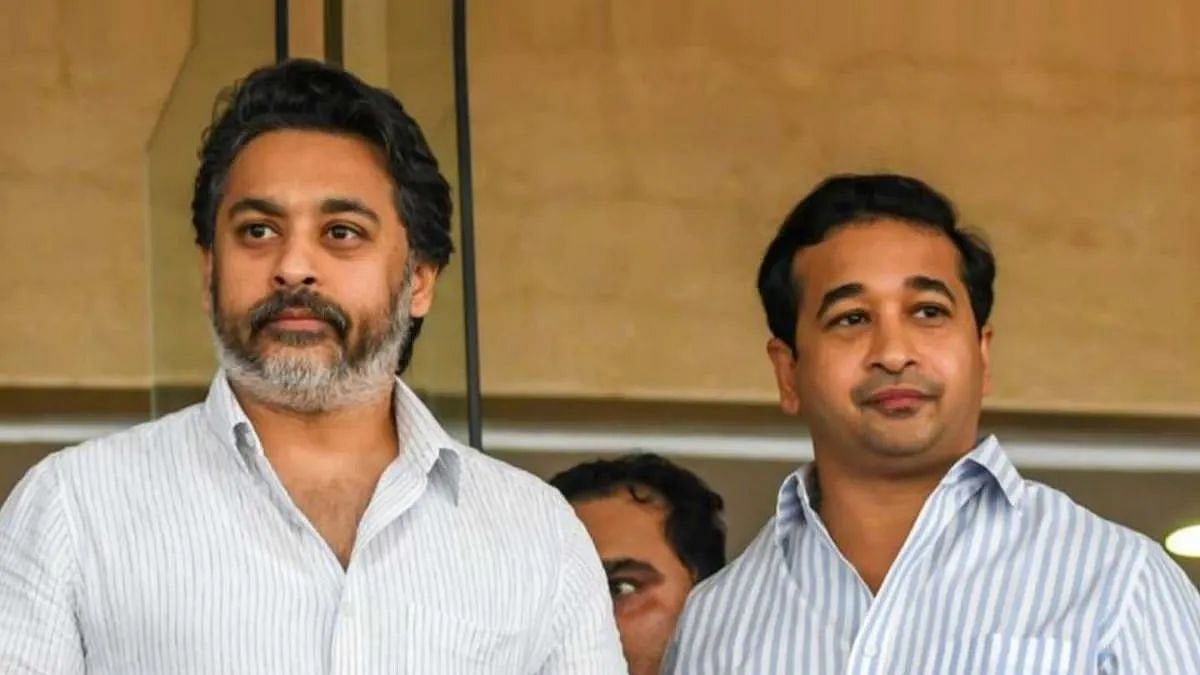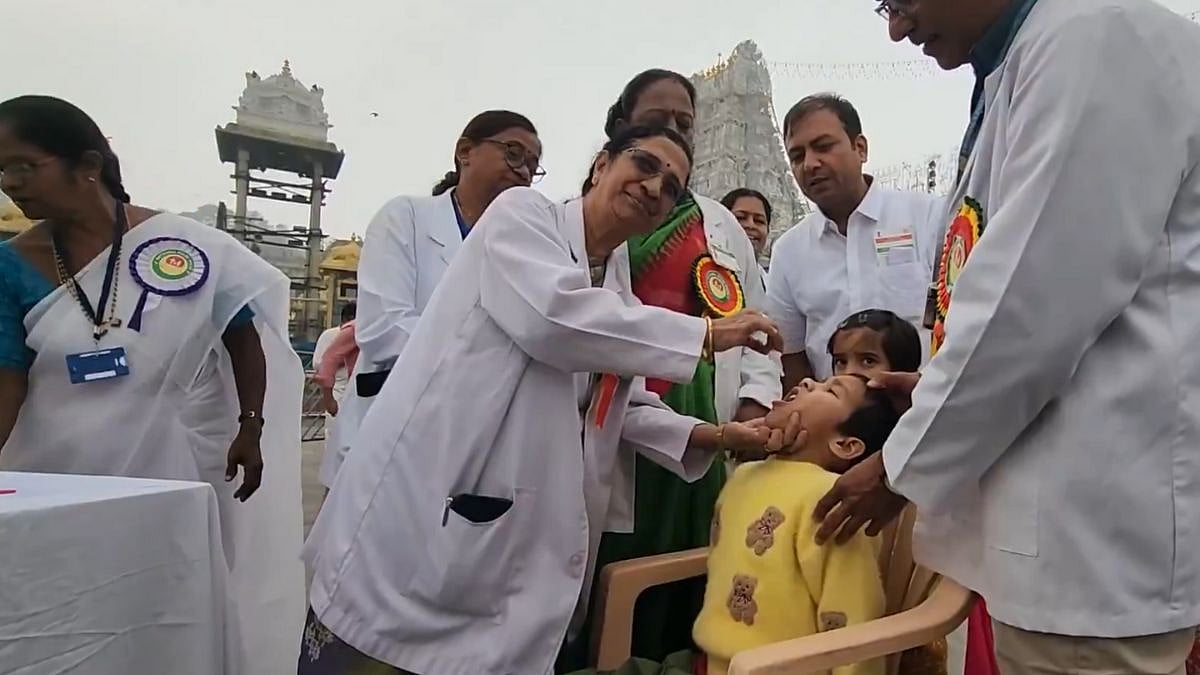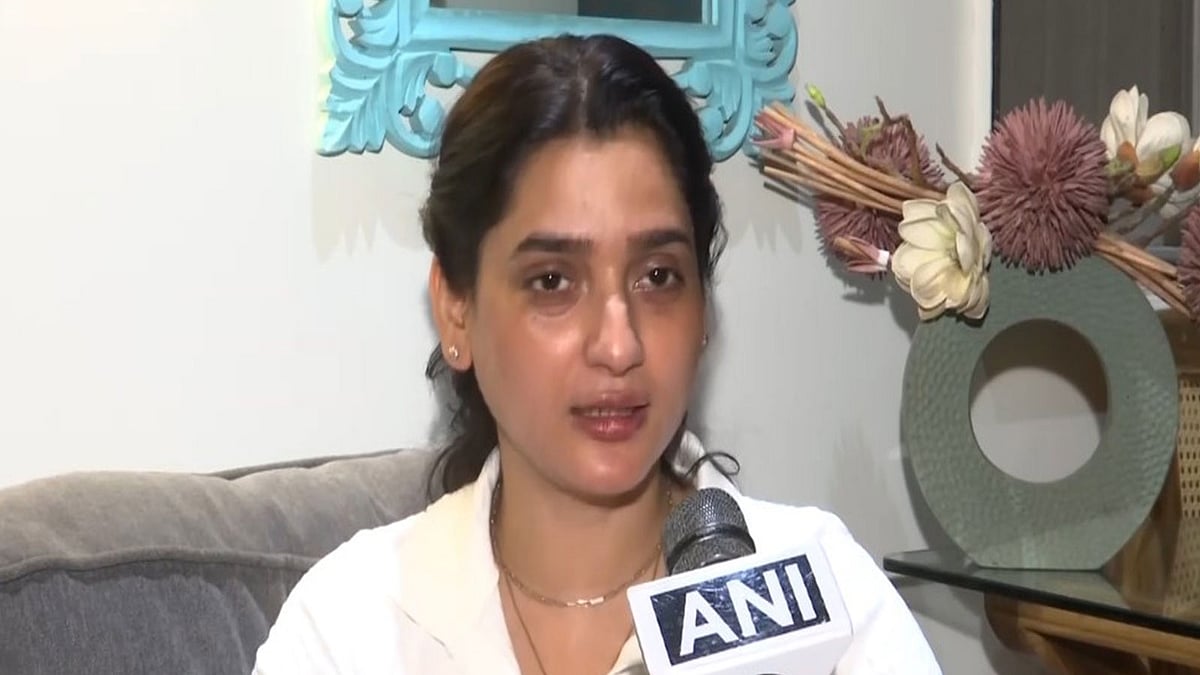After a patient was treated in pancreatic tumour, the disease recurred after 13 years due to failure in follow-ups with the doctors. Interestingly, the doctor which had treated the tumour 13 years ago again treated the patient and removed 12 new tumours from liver and outside.
A Malad-based engineer with a history of diabetes and hypertension faced a significant health challenge when his previously treated neuroendocrine tumour of the pancreas showed signs of recurrence. 13 years ago, this patient underwent a Whipple procedure for pancreatic-head neuroendocrine tumour. During this procedure, the entire first part of the small intestine (duodenum), the uppermost part of jejunum, which is also a part of small intestine and pancreas , the common bile duct, and the gallbladder were removed. Then the pancreas, bile duct, and stomach were joined with the intestine to restore intestinal and pancreatico-biliary continuity. This surgery was done with vascular reconstruction to completely remove a neuro-endocrine tumour from his pancreas.
Following this, the patient adhered to a rigorous follow-up protocol for up to 10 years, a crucial step in monitoring for potential recurrence or progression of cancer or neuroendocrine neoplasm. He was suggested yearly follow up but as he was stationed overseas from 2021, he could not follow up for nearly 3 years due to logistic issues. After returning to India, recent investigations carried out in May 2024 at Lilavati Hospital revealed multiple liver lesions, indicating disease recurrence. Given this, the patient with symptoms of vague abdominal pain and generalized weakness visited Dr Prasad K Wagle, who had earlier carried out the surgery, and Dr. Gunjan Desai.
A team headed by Dr Prasad K Wagle, Senior Consultant Gastrointestinal, Hepatobiliary, And Pancreatic Surgeon, Lilavati Hospital and Research Centre performed a complex liver resection to save the life of a 57-year-old man facing a recurrence of a neuroendocrine tumour of the pancreas after 13 years.
Dr Wagle said, “Neuro-endocrine tumour are rare neoplasms, pancreatic neuroendocrine cancers are rarer, and need timely intervention. They start as a growth of abnormal cells in the pancreas and lead to symptoms such as abdominal pain, nausea, vomiting, indigestion, and can also lead to symptoms resulting from the release of hormones from the tumour itself.”
On clinical evaluation, he was found to have weight loss of around 8 kgs and a reduction in appetite. He underwent specialized investigations for the staging of neuroendocrine tumours called a DOTA scan and chromogranin A, a blood marker as well as a triphasic liver protocol CT scan. He had 9 tumours in his liver and 3 outside the liver with the largest liver tumour being 5 x 4.5 cm in size. He was scheduled for surgery in June 2024 after pre-operative optimization such as breathing exercises, and a high protein diet as well as cardiac and pulmonary work up which is important to have good post-operative recovery after major liver and pancreatic surgery.
Dr Wagle added, “A complex liver resection to remove all the neuro-endocrine tumors while preserving a good future liver remnant of more than 50% was performed. In this surgery, with the help of intraoperative ultrasonography, all the liver tumors were marked and then removed using specialized equipment for liver surgery. The Surgery lasted for around 5 hours and no blood transfusion was required.”
With the integration of cutting-edge technology and medical expertise available at the Hospital, it is possible to save the lives of patients battling complex neuroendocrine tumors. With the appropriate medical care, even rare diseases can be managed without complexities,” concluded Dr Niraj Uttamani, Chief Operating Officer at Lilavati Hospital & Research Centre, Bandra.










